
Purple color solder mask PCB
Introduction to Purple PCBs Purple PCBs, also known as printed circuit boards with a purple solder mask, have gained popularity in recent years due to[…]
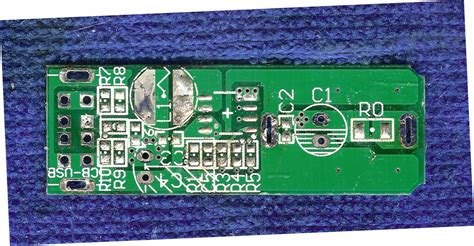
Reverse generated PCB GERBER files
What are GERBER Files? GERBER files, named after the Gerber Systems Corp., are a standard format used in the PCB industry to describe the layout[…]
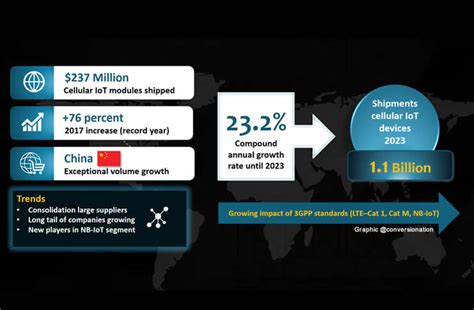
using cellular networks internet things
Overview of Cellular IoT Cellular IoT refers to the use of cellular network technologies to connect physical devices and objects to the internet, enabling them[…]
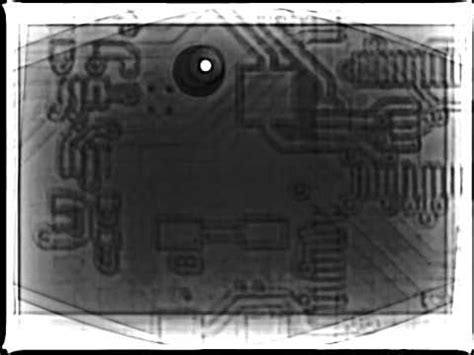
Dry Film Imaging of PCB
Introduction to PCB Imaging Printed Circuit Board (PCB) imaging is a crucial step in the PCB fabrication process. It involves transferring the circuit pattern from[…]
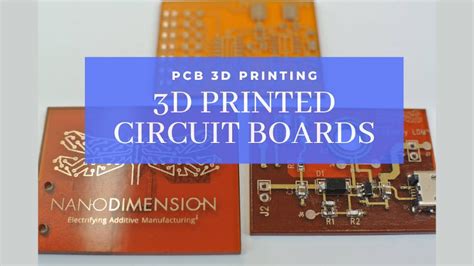
Why PCB design uses 3D functions
What is PCB 3D? PCB 3D refers to the use of three-dimensional modeling and visualization techniques in the design of printed circuit boards. This approach[…]

CAM350 Software
What is CAM350? CAM350 is a powerful and versatile software solution designed for printed circuit board (PCB) design and manufacturing. Developed by DownStream Technologies, CAM350[…]

How do I redeem a coupon on RAYPCB
What is RAYPCB? Before we dive into the details of redeeming coupons, let’s take a quick look at what RAYPCB is and what services they[…]
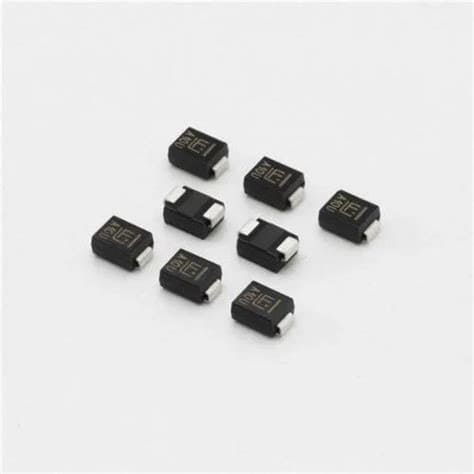
Tvs Diode Circuit: the Complete Guide to How it Works and More!
What is a TVS Diode? A TVS diode is a type of Zener diode optimized for use in transient voltage suppression applications. Unlike regular Zener[…]
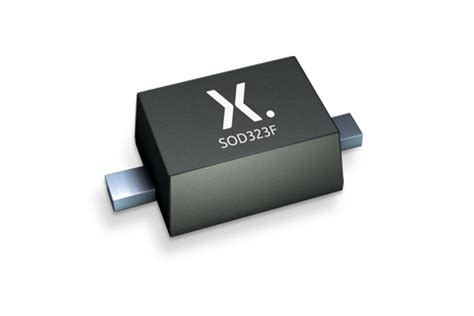
using esd grounding techniques protect your pcb electrical damage
Introduction to ESD and Its Impact on PCBs Electrostatic discharge (ESD) is a sudden flow of electricity between two electrically charged objects caused by contact,[…]
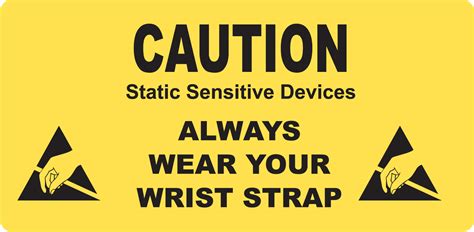
How to Prevent ESD Damage in SMT Assembly Process
Understanding ESD and its Impact on SMT Assembly What is ESD? ESD is the sudden flow of electricity between two objects with different electrical charges,[…]